Thoughts of yoga often invoke extreme flexibility, contorted limbs, yoga pants, messy buns and mala beads. The practice itself is much deeper, much richer, and can be a tool for living a more mindful life; a life where you never need to touch your toes but only the depth of your own heart.
Yoga is actually an eight limbed path and only one of those limbs is movement, known as asana. The asana practice is what brings most to the yoga mat—the strength of the poses, the movement of the breath, the sweat and the sweetness of the final resting pose are enough to keep people coming back. Much more occurs without the student’s awareness. These are the pieces that can be taken off the mat and into one’s life.
By developing a yoga practice off the mat, one can become more mindful of many aspects of their own lives. It is through this awareness one can begin to make subtle changes in behaviors, choices and habits that may not be serving them to achieve their highest potential or greatest good.
For example, the first two limbs of the yoga practice are the yamas (abstinences) and niyamas (observances). These are considered the ethical practices of yoga, but really are ethical practices of life. They invite us to take a deeper look into how we take responsibility for ourselves as we engage in the world by consciously choosing alternate behaviors. They guide us deeper into the ideas of non-harming, truthfulness, non-stealing, non-possessiveness, maintaining vitality, discipline, contentment, purity, self-study and devotion. Each practice has within it a unique lesson, one you can return to time and again as life ebbs and flows.
The fourth limb, pranayama, focuses on breath control. Why is this important? The breath follows the mind, and the body follows the breath. When the mind is busy, the breath is quick, shallow; thereby the body moves more quickly, making it difficult to relax. When we learn to control the breath through these practices, we can learn to quiet the mind and relax the body. This is one of the benefits on the mat as well; students don’t often realize it is happening, but know they feel amazing after every class!
The fifth limb, pratyahara, teaches us to withdraw the senses, remove distractions. In this fast-paced world where everything is literally at our fingertips 24/7, this is an invaluable practice. Closing the eyes is one of the simplest ways to withdraw; to quiet the mind as the sense of sight brings so much information to the brain. By simply closing the eyes and removing the external stimulus, even briefly, the heart rate slows, the breath deepens and the mind quiets. The same goes for silence. I needn’t say more than this: LISTEN and SILENT are spelled with the same letters; the quieter you are, the more you can hear.
The sixth limb, dharana, teaches us about focused concentration. Again, our culture is no longer designed for us to do one thing at a time. This is a practice that really guides us deeply into learned concentration. With increased recognition of brain health, mental acuity, the rise of adult ADD, anxiety and depression, dharana is a valuable practice to employ at any stage of life.
The seventh limb, dhyana, is meditative absorption. This is where we can truly integrate the breath, the removal of the senses and the focused concentration so the benefits of meditation can be felt. Numerous studies point to the power of a meditation practice for the improvement of health and wellness.
The eighth limb is known as samadhi, ‘sama’ meaning ‘same’ or ‘equal’ and ‘dhi’ meaning ‘to see’. This practice brings us to see life as it is without the interference of the mind, the outside distractions, the judgements, etc. Referred to as enlightenment or bliss the state is best described as a place where one can just be with what is. Yes, this is a practice.
Much like a musician plays the same notes again and again to create a melody, we too can practice these principles again and again to bring a melodic quality into our daily lives.
Alison Mullins is a certified holistic life and health coach, yoga therapist, sound healer and founder of Coppermoon Rising. She offers private and corporate wellness programs combining the “8 Pillars of Wellness” and the “8 Limbs of Yoga” to create a life of balance. Contact Alison at alison@coppermoonrising.com or visit www.coppermoonrising.com.






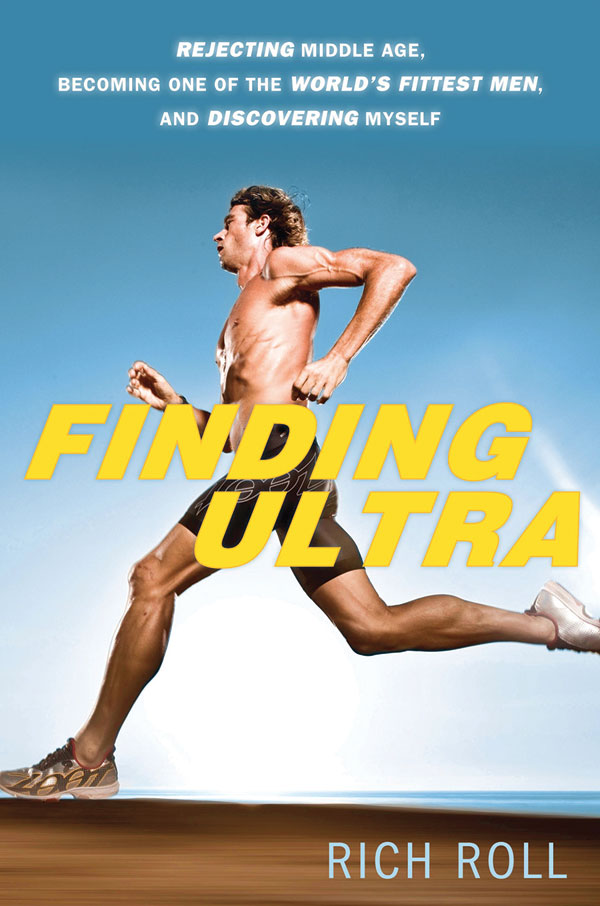



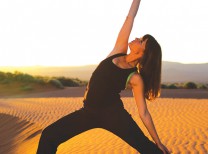





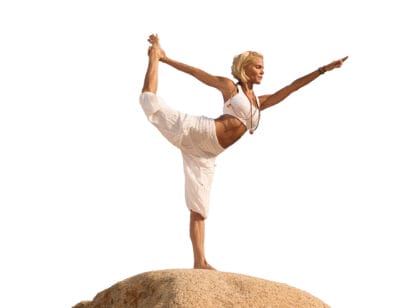

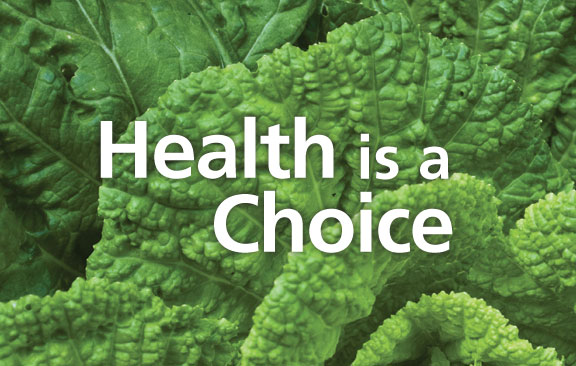
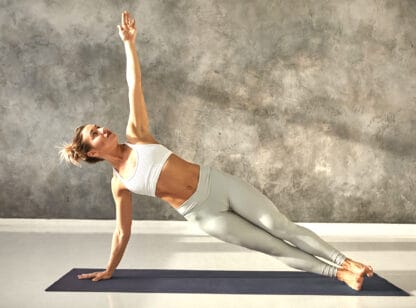
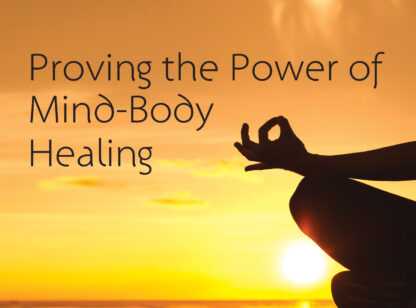



























Comments (0)